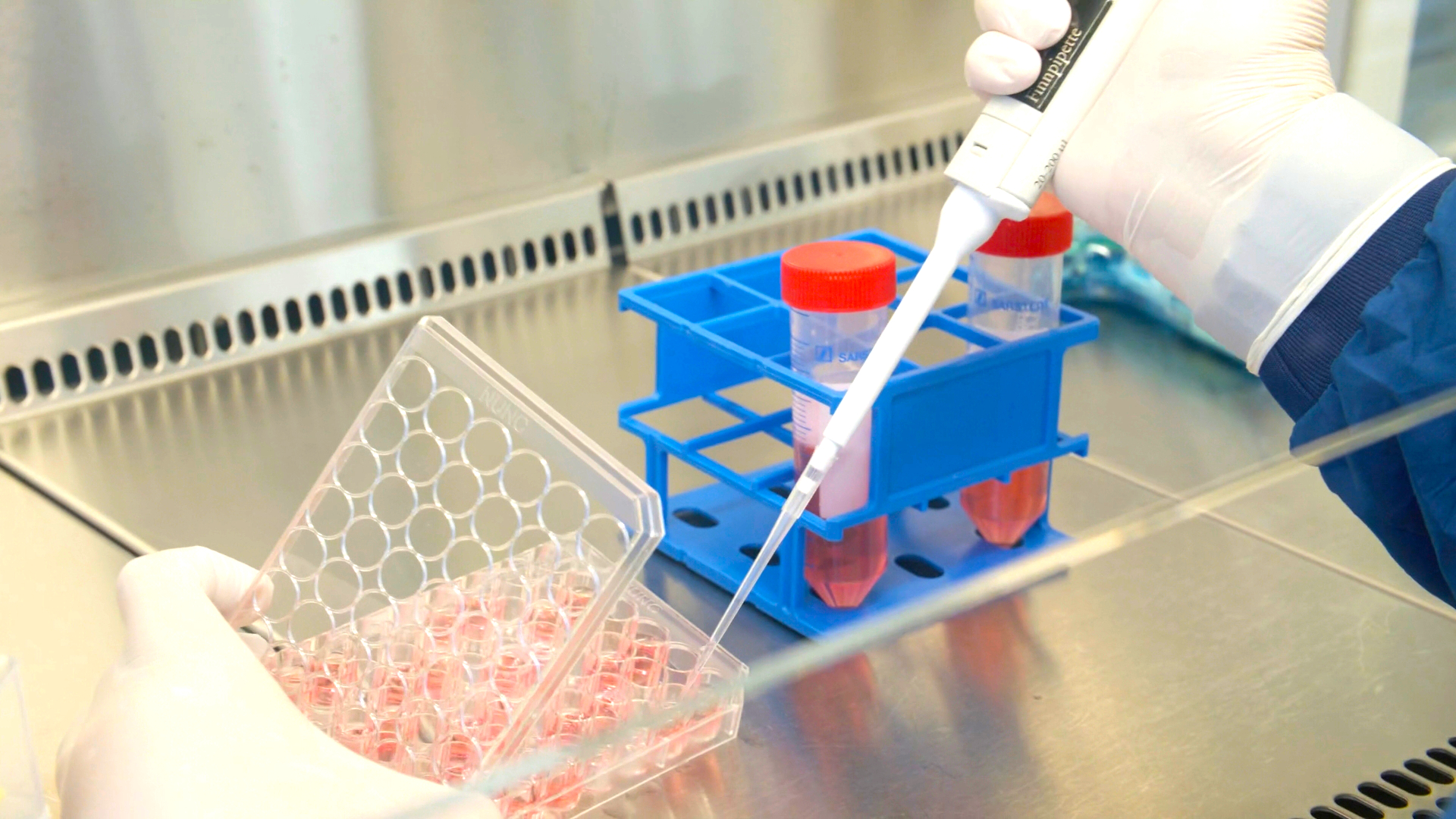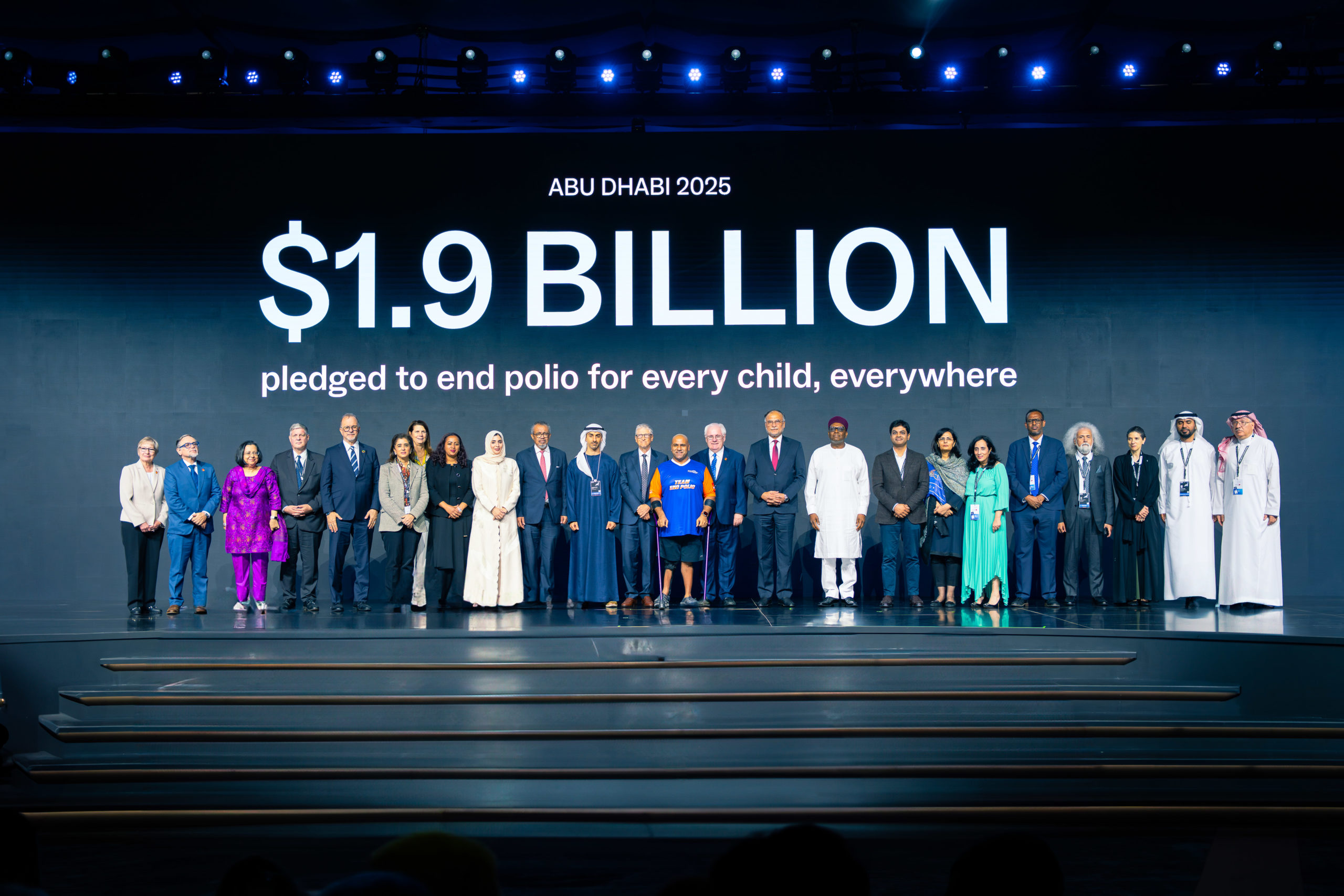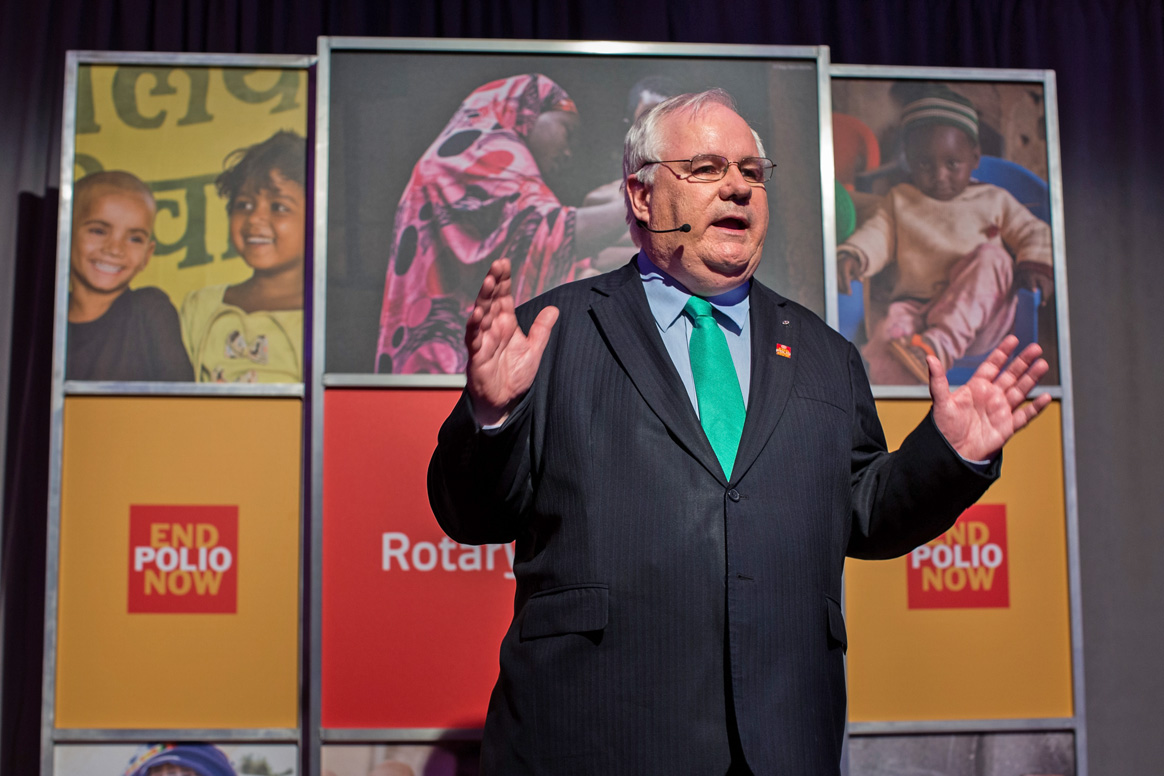
To achieve and maintain poliomyelitis (polio) eradication, it is vital to minimize the risk of live poliovirus release into communities from laboratories, vaccine production sites or storage facilities. In 2018, WHO Member States agreed in a World Health Assembly resolution on the containment of polioviruses that, ultimately, all polioviruses kept in facilities must be inventoried and then either destroyed or, if still needed, retained in certified poliovirus-essential facilities (PEFs). While the majority of the 76 PEFs in 22 countries globally are gradually moving forward in the containment certification process coordinated by WHO, progress has been slow. However, in March this year, a polio vaccine manufacturing facility in Belgium became the first ever PEF to receive a full Certificate of Containment (CC).
“The WHO European Region was declared polio-free over 2 decades ago, but the great effort to maintain this status continues. With nearly half of the PEFs in the world located in this Region, we face a high level of poliovirus biorisk as well as a great responsibility to accelerate the process of poliovirus containment certification,” explains Robb Butler, Director of the Division of Communicable Diseases, Environment and Health, WHO/Europe. “Awarding the first Certificate of Containment is a milestone that helps protect the Region from this crippling disease.”
No small feat
The CC is granted by the Containment Working Group of the Global Commission for the Certification of Eradication of Poliomyelitis (GCC), following a thorough review of an application submitted by a country’s National Authority for Containment (NAC). The CC awarded in Belgium was the first in the world because it is not easy to achieve. It entails building and/or sustaining:
- high levels of commitment from both facilities and NACs as well as support from national governments to achieve and maintain adequate containment;
- an understanding of global poliovirus containment requirements, as detailed in WHO guidance, and their full implementation, including possible adjustment to biorisk management systems, biosecurity approaches and even building/engineering systems;
- NACs’ legal authority in national certification; and
- a poliovirus containment auditing capacity within NACs.
Multilayer process
In accordance with GCC recommendations, all PEFs must undergo containment certification and apply for either an Interim Certificate of Containment (ICC) or a full CC based on the degree of compliance with poliovirus containment requirements. This requires close collaboration between a facility and its respective NAC, which in turn is responsible for conducting regular independent poliovirus containment audits to confirm, at the national level, that all containment requirements are met and sustained.
After a NAC considers a facility compliant, an application for the certification and an audit report are sent for review to the GCC, which has the global oversight function and mandate to award an ICC or CC. To date, 15 PEFs globally have received an ICC and only one a CC. As per GCC recommendation, all countries with PEFs are expected to complete the certification process by the end of 2026.


